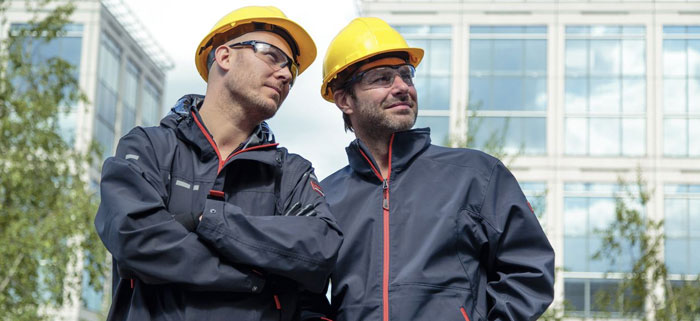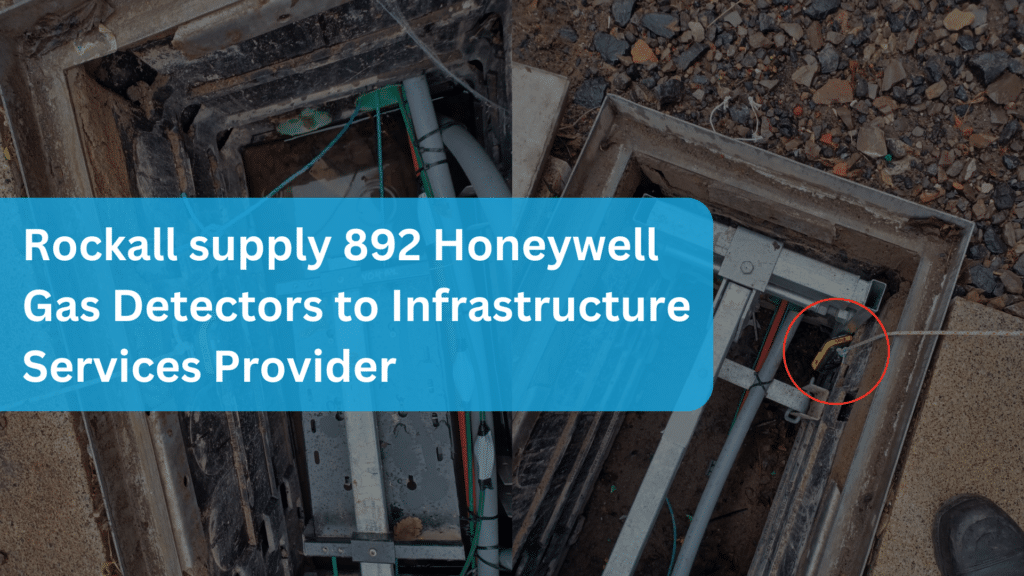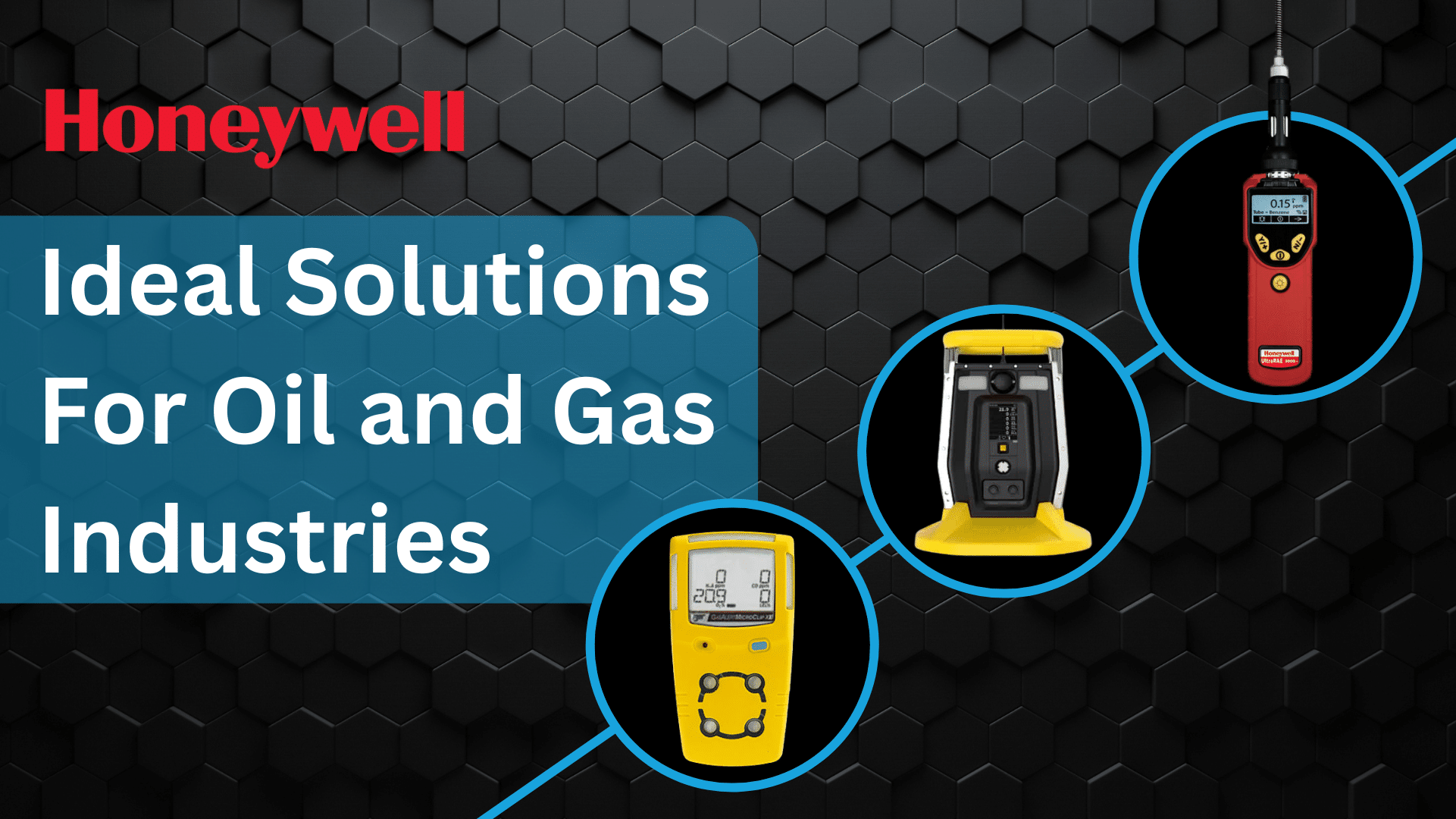
Gas Detection in Oil and Gas Industries
The oil and gas industry is dangerous. Workers face toxic gases, combustible vapours, and low oxygen levels on a regular basis. To stay safe, they need dependable gas detection tools. These tools provide real-time monitoring and alerts.
Honeywell is a trusted name in industrial safety. Their gas detection devices are designed for tough environments. There are three top models that stand out when we talk about Honeywell:
- Honeywell Microclip XL
- Honeywell RigRat
- Honeywell MiniRAE 3000.
Each plays a vital role in keeping workers safe.
Why Gas Detection Is So Important In This Industry
Oil and gas operations involve drilling, transporting, and refining hydrocarbons. These activities release dangerous gases like hydrogen sulphide (H₂S), methane (CH₄), and volatile organic compounds (VOCs). Unfortunately, without proper gas detection, workers risk exposure, explosions, and environmental damage.
Therefore, to prevent accidents, regulatory bodies like the Health and Safety Executive (HSE) and the Environment Agency (EA) enforce strict safety rules. Gas detection equipment is a must-have for any oil and gas safety program.
Honeywell Microclip XL
The Honeywell Microclip XL is a lightweight and user-friendly gas detector. It is designed to keep workers safe in confined spaces and hazardous areas. This device can detect up to four gases, including oxygen (O₂), hydrogen sulfide (H₂S), carbon monoxide (CO), and combustible gases (LEL).
Thanks to its small and lightweight design, workers can wear it comfortably for an entire shift. Furthermore, when dangerous gases are detected, it provides clear alerts through visual, audible, and vibration alarms. The long-lasting battery ensures it remains operational throughout extended work periods.
For workers who need a simple yet effective gas detector, the Microclip XL is a reliable choice.

Honeywell RigRat
The Honeywell RigRat is a durable and portable gas monitor designed for large work areas. It offers real-time data and protection in high-risk environments.
This device can detect up to six different gases simultaneously, ensuring comprehensive monitoring. Moreover, its wireless connectivity allows remote tracking, providing instant alerts when hazards are detected. The long-lasting battery, which can run for up to six weeks, makes it ideal for extended use in demanding conditions.
Built to withstand harsh weather and tough job sites, the RigRat is perfect for both offshore and onshore applications. With its reliable design and advanced technology, it enhances workplace safety and ensures compliance with safety regulations.
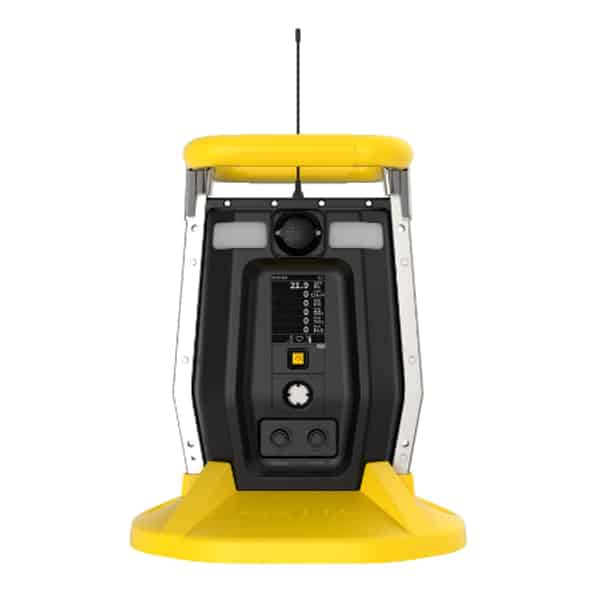
Honeywell UltraRAE 3000
The UltraRAE 3000 is one of the most advanced compound-specific monitors available. It features a powerful Photoionisation Detector (PID) with an extended range of 0.05 to 10,000 ppm in VOC mode and 50 ppb to 200 ppm in benzene-specific mode. This makes it perfect for a wide range of applications, including the oil and gas industry.
One of its biggest advantages is its cost-effective operation. Unlike traditional gas detection tubes or expensive portable gas chromatographs (GCs), the UltraRAE 3000 uses low-cost RAE-Sep tubes, making analysis more affordable. Plus, it eliminates the need for annual factory calibration, reducing maintenance costs and downtime.
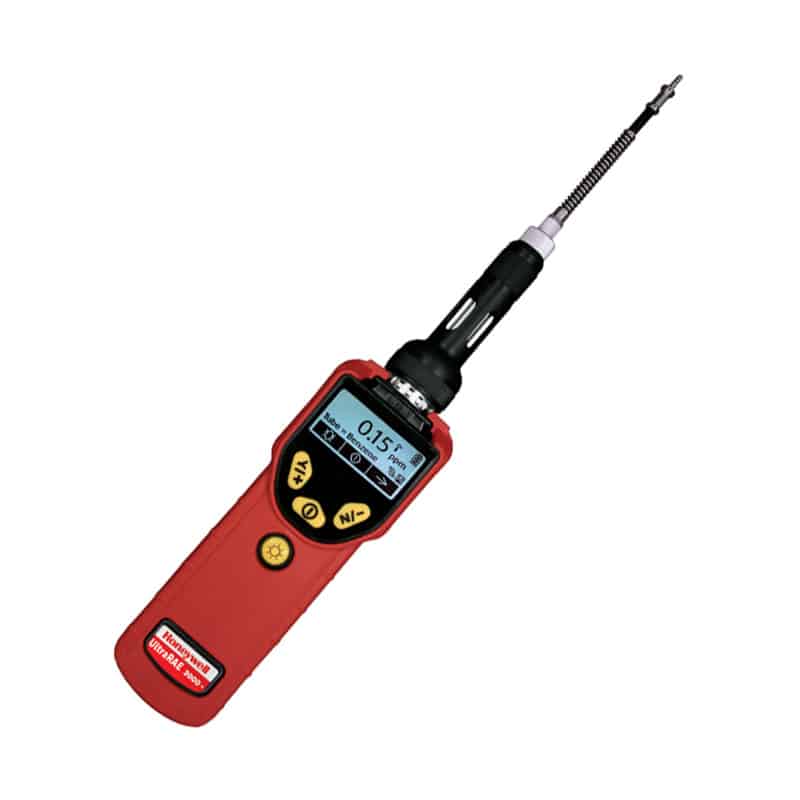
Conclusion
Gas detection is critical in the oil and gas industry. The Honeywell Microclip XL, Honeywell RigRat, and Honeywell UltraRAE 3000 each serve unique safety needs. By using these devices, companies can protect workers, follow regulations, and keep operations running smoothly.
Investing in reliable gas detection isn’t just about compliance. It’s about saving lives and creating a safer work environment for everyone.
Other Resources –
You can view our full range of Gas detection products here.

